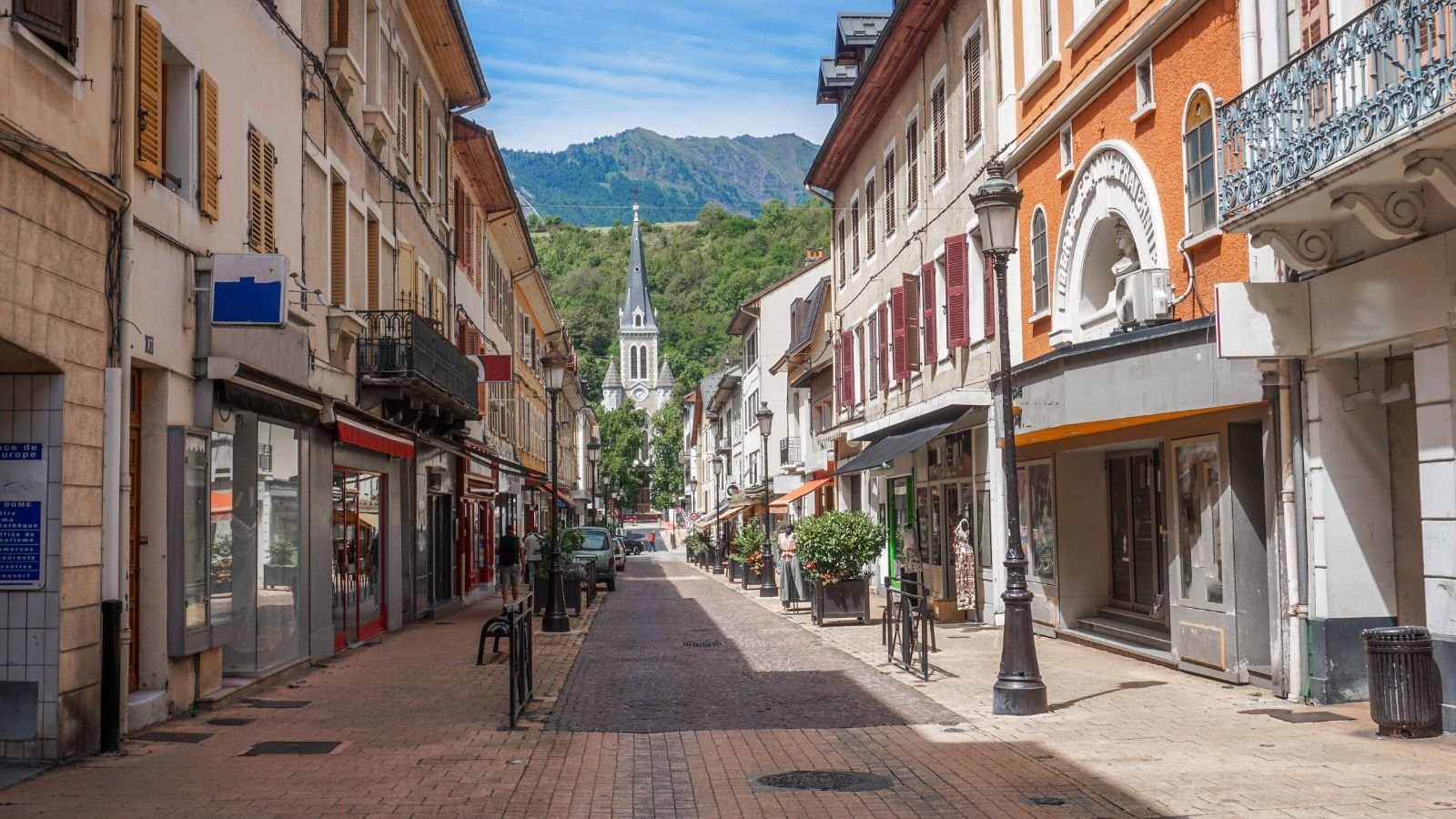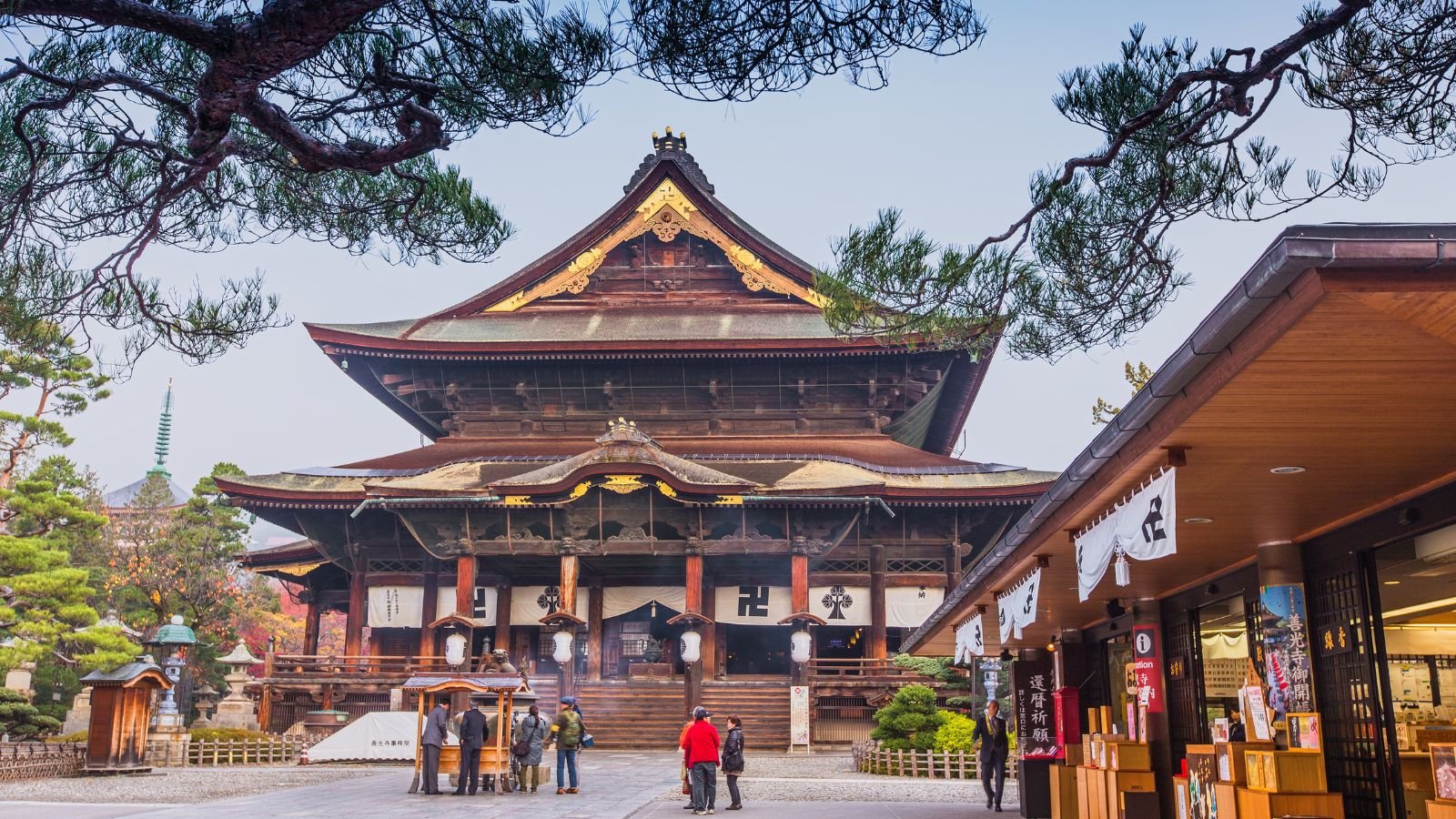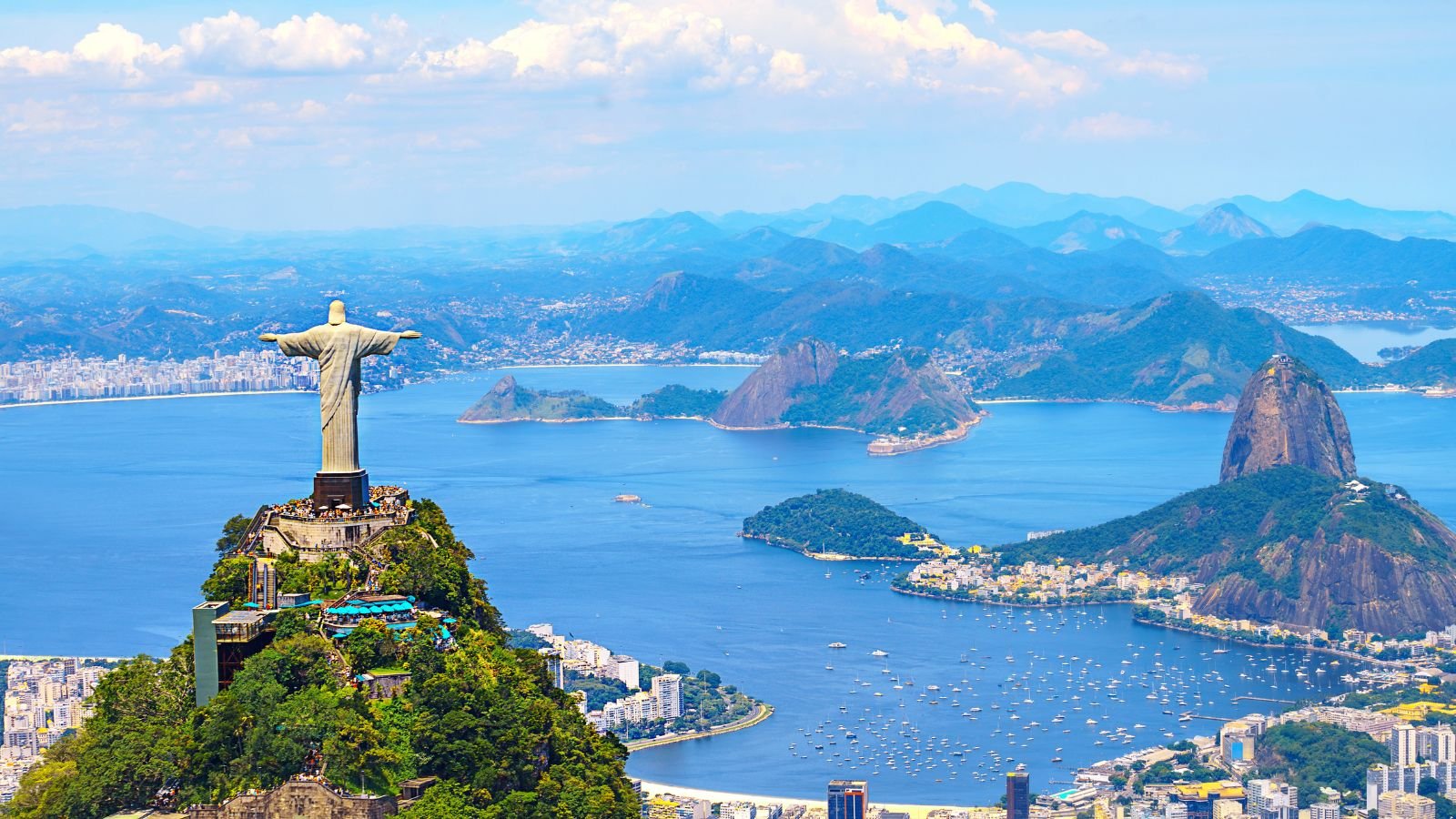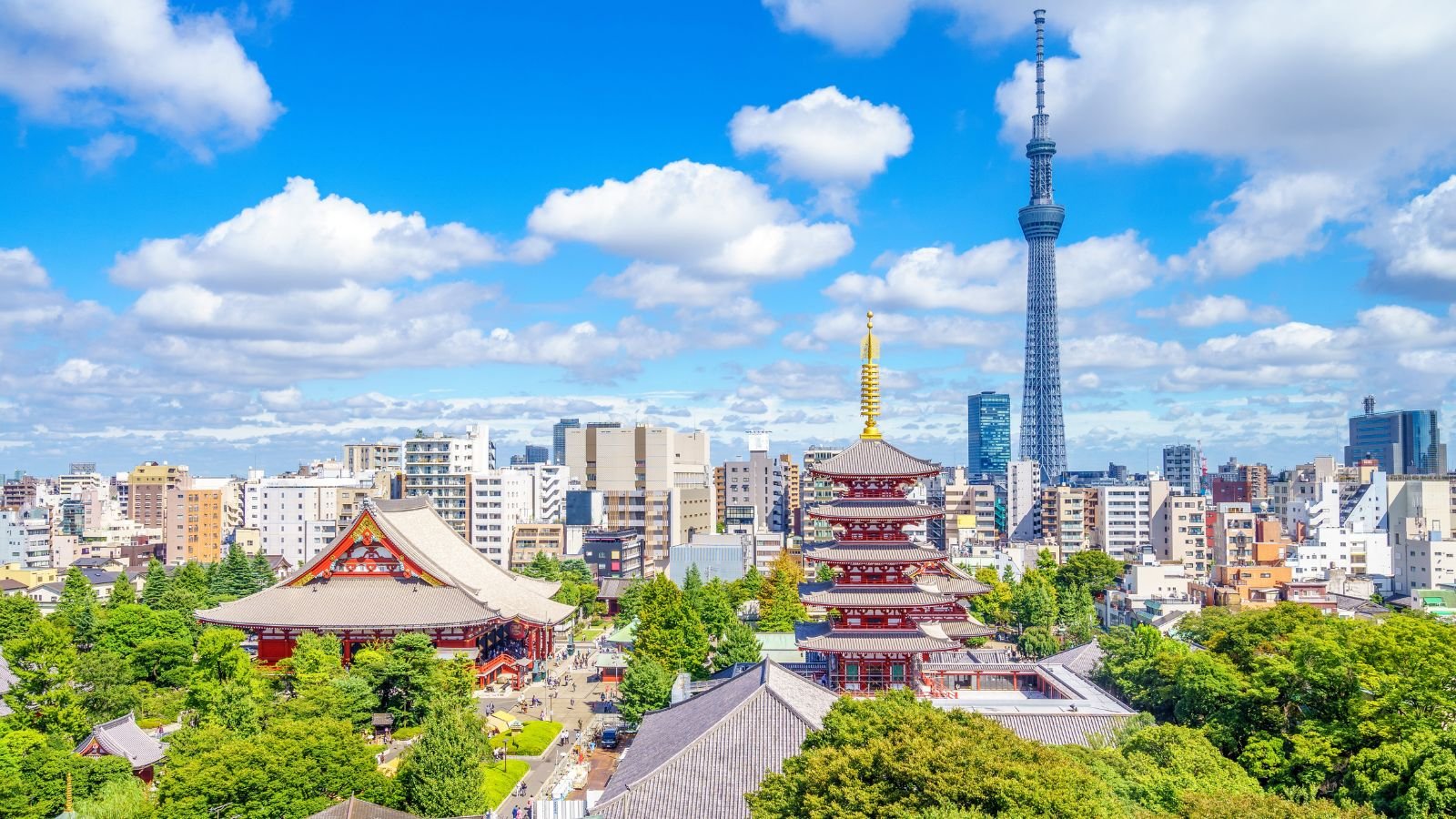The most expensive Olympic Games highlight the immense financial investments by host cities to stage these events. As per the Council on Foreign Relations, these games often involve building state-of-the-art facilities and upgrading infrastructure, showcasing the host city’s ambition and dedication.
Calgary in 1988

Olympic funding underwent a big change after the Winter Games in Calgary. With an estimated $1.2 billion and a 65% overrun, it set a new standard for Winter Games expenditure. The city invested heavily in state-of-the-art facilities, leaving a lasting legacy for winter sports in Canada.
Albertville in 1992

Albertville’s Games saw costs spiral to $2.1 billion, with a staggering 137% overrun. This expense was needed for hosting the Winter Olympics in the city. The significant overspend highlighted the growing financial demands of hosting the Olympics in the modern era.
Barcelona in 1992

Barcelona’s transformation for the 1992 Summer Games came at a hefty $11.6 billion, with a 266% overrun. The city made significant investments in various aspects of its development to host the game successfully. This approach set a new benchmark for using the Games as a tool for city-wide improvement.
Lillehammer in 1994

The Winter Olympics in Lillehammer cost $3.4 billion with a 277% overrun, showcasing Norway’s commitment to hosting a world-class event. The small town faced unique challenges in scaling up for the Games, resulting in significant cost increases. However, the investment left a lasting winter sports legacy in the region.
Atlanta in 1996

Atlanta’s Summer Games, with a $4.7 billion price tag and 151% overrun, marked the centennial Olympics. The city faced criticism for commercialization but succeeded in creating a significant economic impact. Infrastructure improvements and new sporting facilities contributed to the cost escalation but benefited the city long-term.
Nagano in 1998

Nagano’s Winter Olympics came in at $2.2 billion, with a relatively modest 56% overrun. This city in Japan adopted a model that prioritized sustainability. Despite challenges in venue construction and transportation improvements, Nagano managed to keep costs lower than many of its Olympic predecessors.
Sydney in 2000

The Summer Olympics in Sydney cost $5.2 billion, with a 90% overrun. The Australian city invested heavily in creating iconic venues like the Sydney Olympic Park. While costs exceeded initial estimates, the Games were widely regarded as a success. It elevated the city’s image as well as contributed to more tourism.
Salt Lake City in 2002

Salt Lake City hosted the Winter Games for $2.7 billion, with a relatively low 24% overrun. The city benefited from existing infrastructure and careful planning. Despite a bidding scandal, the Games were financially well-managed. It set a standard for fiscal responsibility in hosting the Olympics.
Athens in 2004

Athens spent $3.1 billion on the 2004 Summer Games, with a 49% overrun. The birthplace of the Olympics faced challenges in modernizing infrastructure and ensuring steady security posts at all times. While costs increased, the Games brought significant improvements to Athens’s sports facilities.
Turin in 2006

Turin’s Winter Olympics cost $4.7 billion, with an 80% overrun. The Italian city invested heavily in new sports venues and urban renewal projects. While the costs exceeded initial estimates, Turin leveraged the Games to transform itself from an industrial center into a tourist destination.
Beijing in 2008

The Summer Games in Beijing cost $8.3 billion with a mere 2% overrun, showcasing China’s emerging global power. The city made significant investments in famous locations like the stadium known as Bird’s Nest. Despite the high cost, Beijing’s efficient planning and execution kept expenses close to initial estimates.
Vancouver in 2010

With only a 13% overrun, Vancouver used $3.2 billion to host the Winter Olympics. The Canadian city focused on creating a sustainable event with long-term benefits. Careful planning and the use of existing infrastructure helped the city to keep the costs relatively close to the initial projections.
London in 2012

The Summer Olympics in London came at a hefty $16.8 billion in costs leading to a 76% overspend. The British capital invested heavily in urban regeneration, particularly in East London. Despite the high costs, the Games left a lasting legacy of improved infrastructure and sports facilities across the city.
Sochi in 2014

The Winter Olympics in Sochi set a new spending record of $28.9 billion, with a staggering 289% overrun. Russia invested heavily in transforming the subtropical resort into a winter sports hub. The massive overspend raised questions about the sustainability of hosting mega-events in developing areas.
Rio de Janeiro in 2016

Rio’s Summer Games cost $23.6 billion, with a massive 352% overrun. The Brazilian city faced numerous challenges, including economic crises and infrastructure delays. Despite the financial strain, Rio used the Games to improve different facilities in the city including sports.
Pyeongchang in 2018

Pyeongchang’s Winter Games came for $3.4 billion, with an expectedly small 2% overrun. South Korea’s efficient planning and use of existing facilities kept costs in check. The Games helped put Pyeongchang on the map as a winter sports destination while maintaining fiscal responsibility.
Tokyo in 2021

Tokyo’s pandemic-delayed Summer Games cost $13.7 billion, with a 128% overrun. The unprecedented challenges of hosting during COVID-19 led to increased expenses. Despite the absence of international spectators, Japan delivered a technologically advanced and safely managed Olympics.
Beijing in 2022

Beijing became the first city to hold the Summer and Winter Olympics. But the city spent $8.7 billion with a 149% overrun. The city leveraged infrastructure from 2008, focusing on sustainability. Cost increases were caused by measures connected to the pandemic and other related events.
Paris in 2024

The Summer Games hosted in Paris in 2024 had a budget of $8.7 billion, with a projected 115% overrun. The French capital aimed to deliver a sustainable and inclusive Olympics, focusing on using existing venues and temporary structures to control while showcasing the city’s iconic landmarks.
